|
Author
|
Markus Pfennig
|
|
University
|
University of Applied Sciences Campus Vienna, Austria
|
On the basis of three bridge objects, for which the measurement exercise has already been carried out, the objective of this thesis was to investigate how certain parameters should be applied in order to obtain a computer model that is as close to reality as possible. This would have simulated the "actual stiffness of the structure," so it would be possible to make realistic assessments.
"First of all, I would like to thank Dlubal Software for providing me with the RSTAB and RFEM product families free of charge to process my thesis, which made the entire work easier for me and allowed me to gain new knowledge in terms of structural calculations."
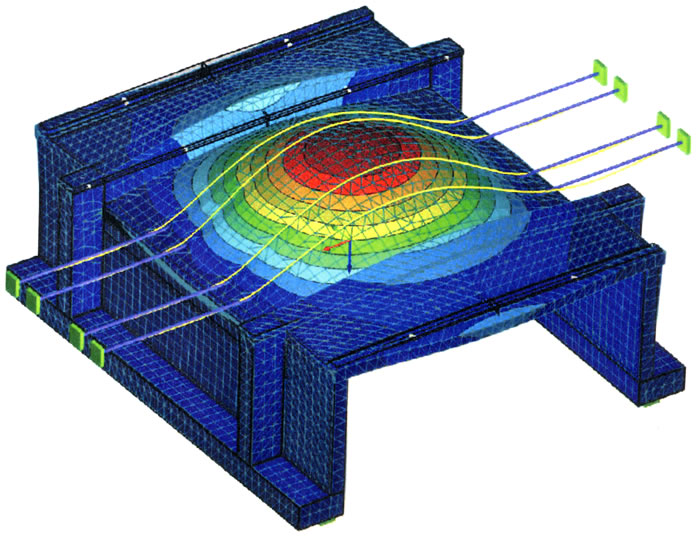
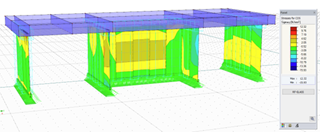
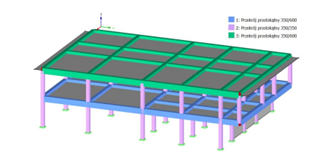
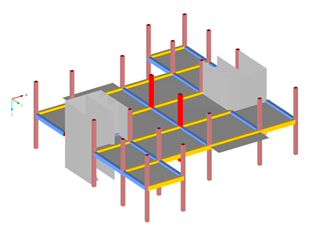

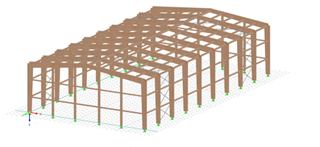














































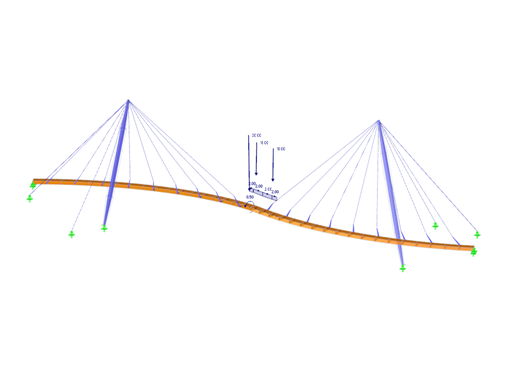



















.png?mw=600&hash=49b6a289915d28aa461360f7308b092631b1446e)
